Light House Leadership Academy
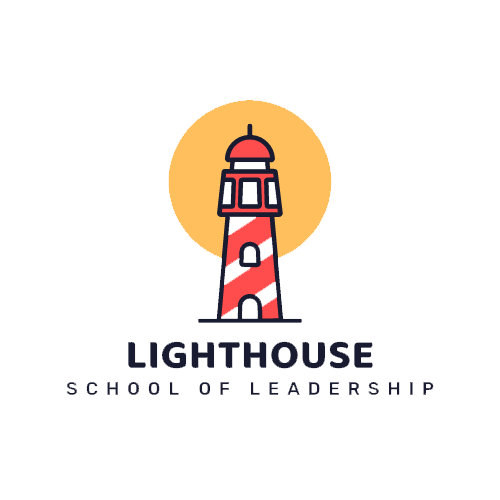
Pre-School Curriculum
The Lighthouse School of Leadership currently has two pre-school classrooms. We try to limit our class size to 10 and since we have morning and afternoon sessions, the maximum number of students allowed per school year is 40 students.
We pride ourselves in being the only school in the area to utilize two of the most successful pedagogies in the world, both stemming from Italy, based on the assessment of many educational experts: the Montessori method and the Reggio Emelia approach.
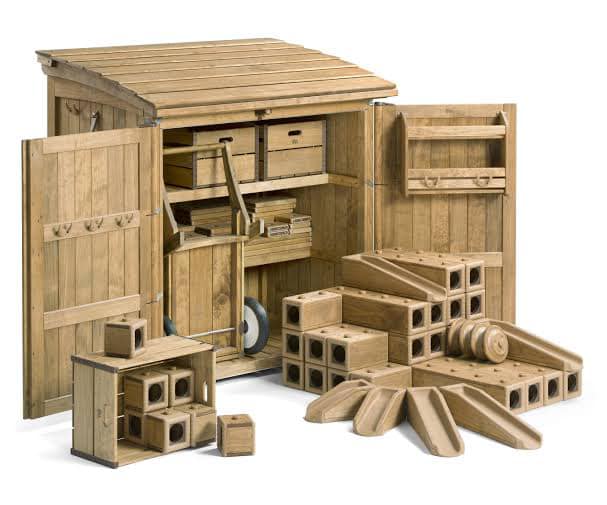
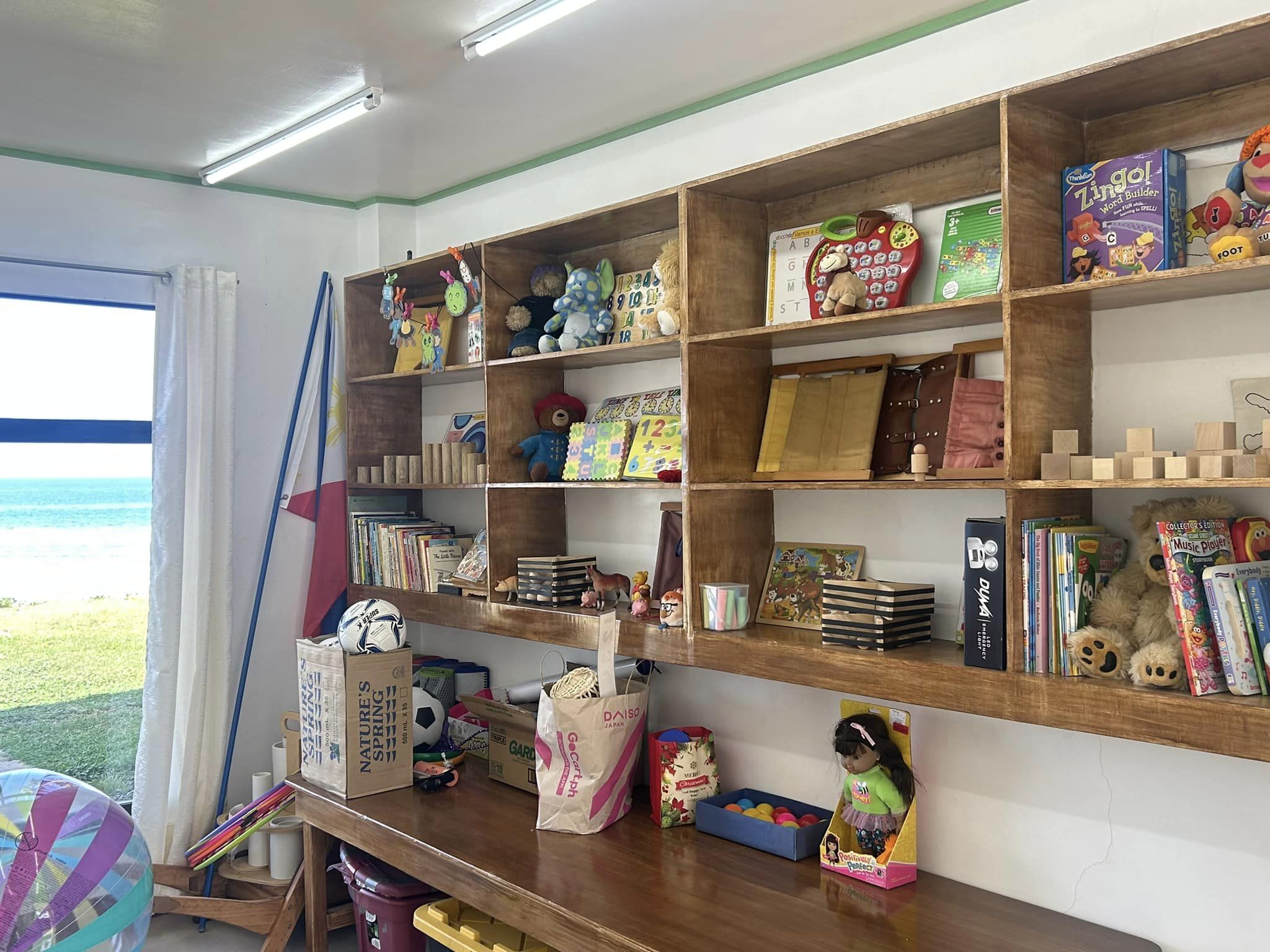

The Montessori method treats each child as an individual. Dr. Maria Montessori considered that children develop at different speeds and should be given the opportunity to develop at their own pace. Thus, Montessori developed a philosophy that says that each child is unique, and we need to listen to them and accommodate their individual needs.
Montessori was a doctor. She was a trained physician whose initial research involved observing children in a psychiatric facility. Most people thought these children were wild and uncontrollable. However, upon further research, Montessori discovered in 1907 that these children were not wild, but they were merely starved of wanting to work with materials. They needed stimulation not harsh punishment.
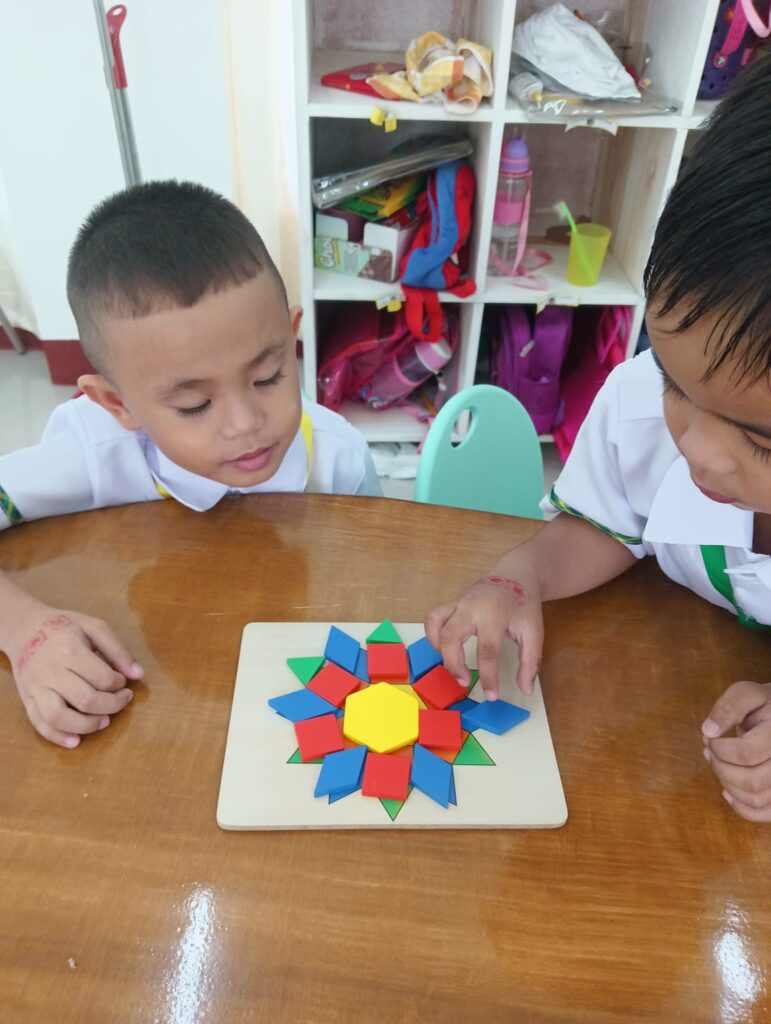
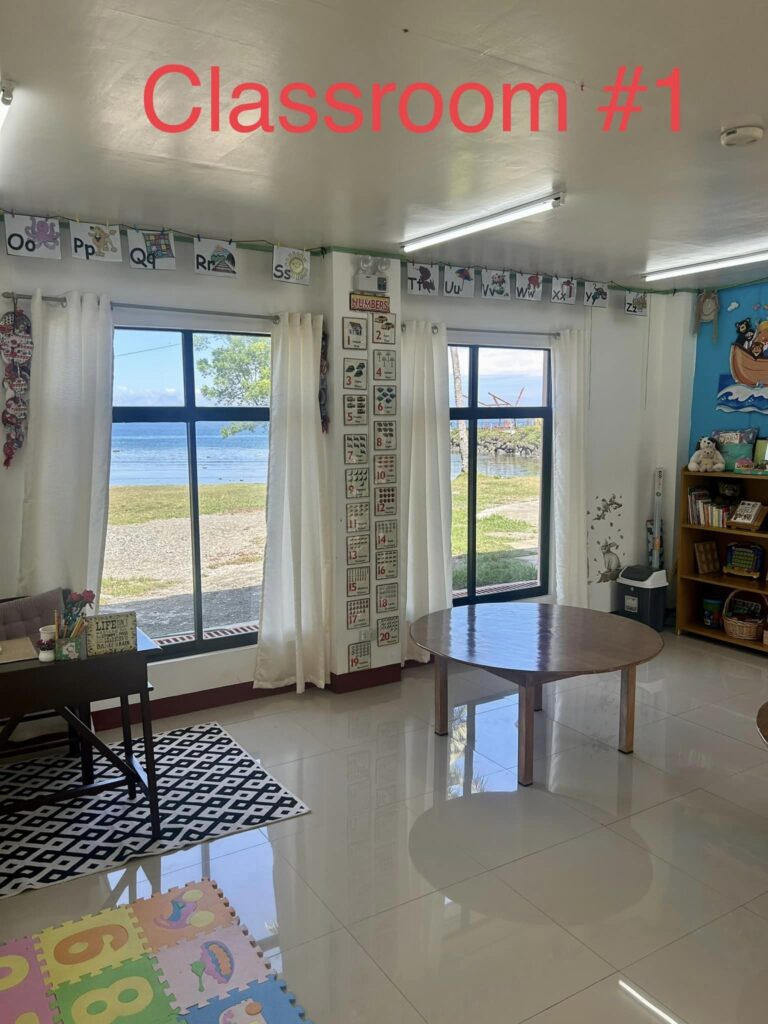
Giving them things to do to engage their mind not only improved their behavior, but it also improved their learning. With a little guidance and a healthy stimulating environment, children quickly learned to take control of their own environment and went on to become successful learners for the rest of their lives!
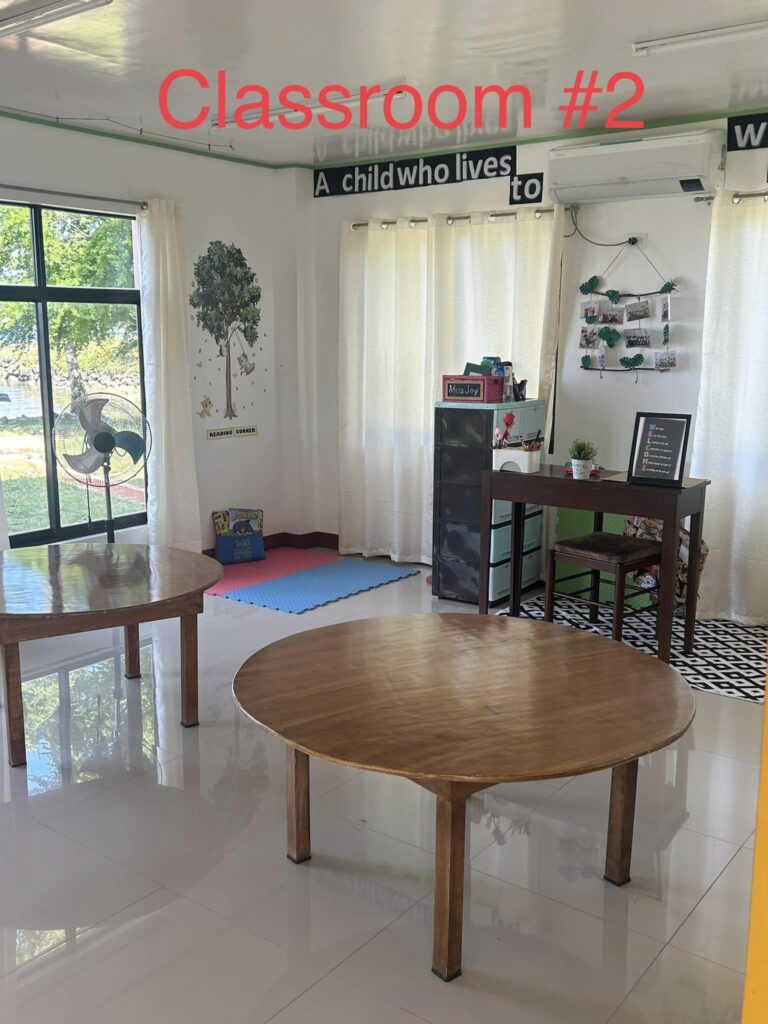
Meanwhile, Reggio Emilia is an approach to early childhood learning named after the town where it originated in Italy. Founder Loris Malaguzzi believed children were in need of a more holistic kind of education after World War II. He began the Reggio Emilia style based on the belief that students will express their interests in many different ways.
This belief has practical impact, creating a co-learning environment where teachers learn with the children and work in a lateral relationship as opposed to a hierarchical one. That partnership is also intended to encompass the parents of each child. Thus, collaboration between all members of the school community: the staff, the parents and the children is key to the success of a Reggio Emelia school.
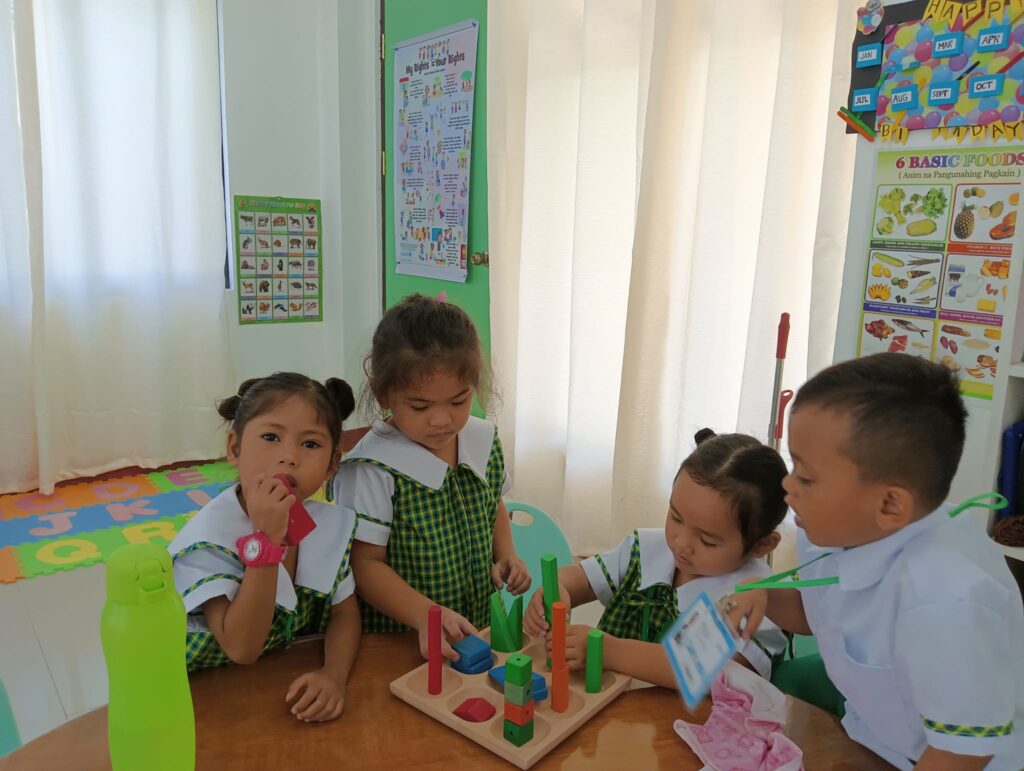
The Reggio Emilia approach also revolves around the children’s senses, relying on sight, sound, touch and even taste and smell to assist with learning. As a result, Reggio Emilia classrooms tend to look different than your average preschool with large common spaces, natural elements and lots of accessible and curiosity-sparking materials.
Ultimately, the basic concepts of these two educational pedagogies, both of which emphasize child-centered exploration and discovery, have become the primary tools for learning at our Lighthouse School. In both Montessori and Reggio methods, learning occurs as a result of experience, where the child instinctively knows what he or she needs to do. Therefore, our job as educators is to simply prepare a safe and stimulating learning environment for that child to thrive.

To summarize, our over-all school objectives
are as follows:
To help with the current problem of over-crowding in Dalipuga and the surrounding areas caused by the Marawi Siege of 2017.
To provide quality care and education by providing a “robust, rigorous and fun” academic curriculum to enhance learning within a beautiful and tranquil physical environment.
To allow parents and other community stakeholders the opportunity to impact our students’ growth and development into strong leaders by frequent and ongoing collaboration.
Most importantly, to create a safe space where every child can feel loved and cared for by God and by the adults at the school, regardless of their race, religion, political or socio-economic background.